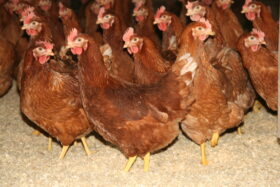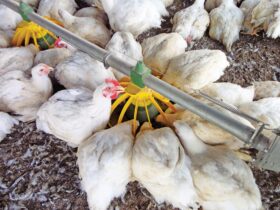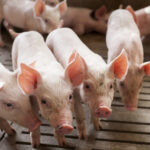Dr Inge Heinzl, EW Nutrition
Endotoxins are… toxic, of course. The part “endo” in their name means that they are part of the bacterial cell, or, to specify it, they are part of the outer membrane of Gram-negative bacteria such as E. coli, Salmonella, Shigella, Klebsiella, and Pseudomonas.
When do they occur?
Always. Endotoxins are released with the lysis of bacteria, e.g., at the end of their life cycle, due to the effective immune defense of the host or treatments. The other possibility is bacterial growth as the membrane gets restructured and the endotoxins (or lipopolysaccharides -LPS-) are liberated.
What is the problem?
The “normal” occurrence (animals and humans always have Gram-negative bacteria in their gut) does not matter, because gut cells do not have receptors to recognize them as a danger in their apical side. However, when the barrier function is compromised, they pass into the bloodstream.
The liver still detoxifies small amounts. The problem comes with higher amounts of endotoxins in the bloodstream. Then, they provoke a strong immune reaction, feed intake drops, and nutritional resources are shifted from growth and production to immunity. These performance drops affect the profitability of the farmer.
What can be done?
Use broad-spectrum toxin binders that
-
- contain clay minerals showing high affinity and selectivity against endotoxins
- contain yeast cell walls, which, in addition to their binding capacity, support the immune response through macrophage activation and are involved in modulating microflora and bacterial load from the intestine
- provide adequate liver protection.
















